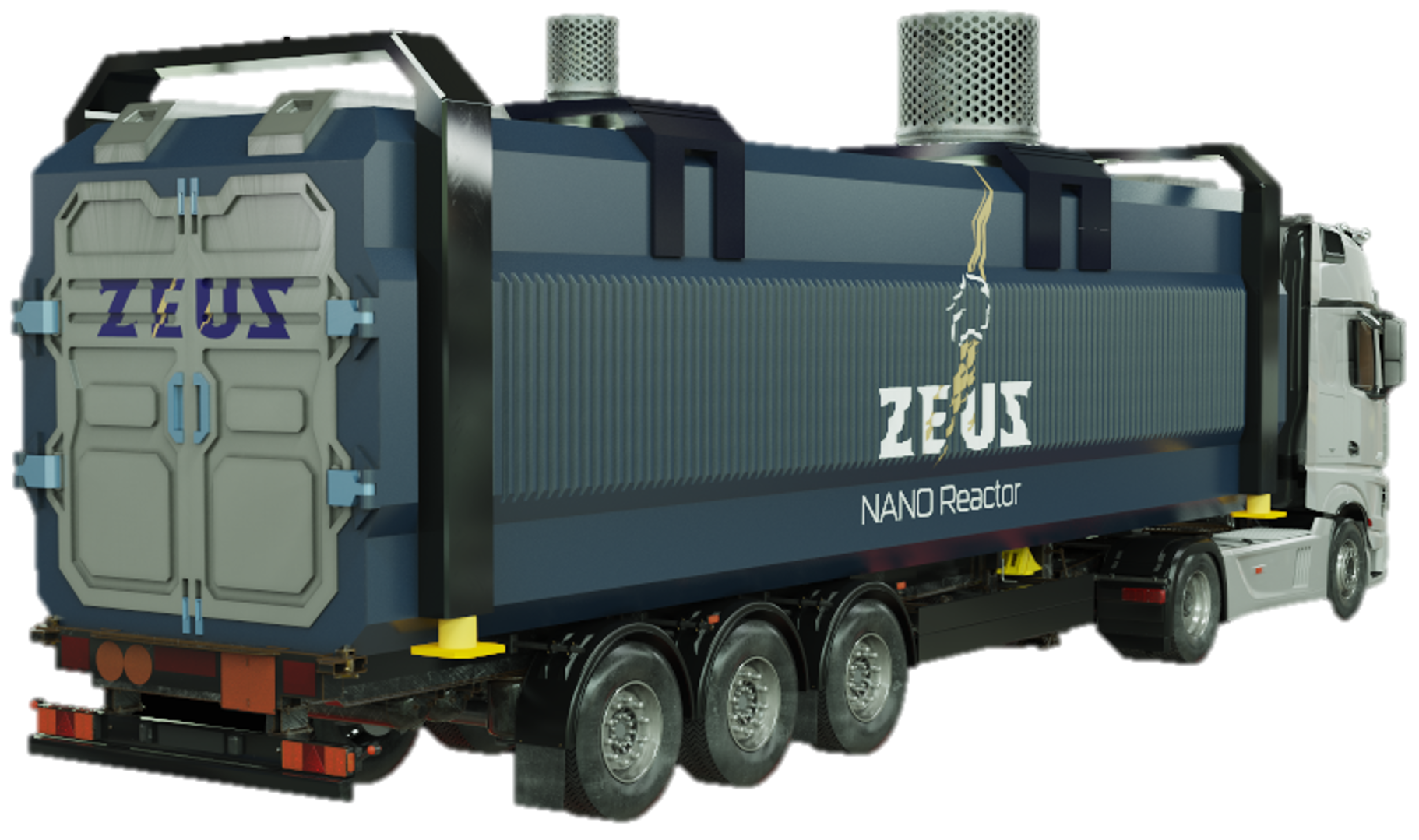Tiny nukes on trucks: Sub-20 megawatt reactors to power remote areas
A small modular nuclear reactor that can be transported in a shipping container can bring carbon-free energy to far off places.

Small modular reactors and microreactors with power generation capacities below 20 megawatts (MW) could help power up remote locations with clean energy.
The technology is similar to nuclear reactors used on naval vessels. According to US-based nuclear startup Nano Energy, it could also be deployed to decarbonize industrial sectors such as mining and shipping.
With the world looking for a reliable carbon-free energy source, nuclear power is returning. According to the Department of Energy (DoE), the US will need 200 gigawatts (GW) of nuclear energy capacity if it has to reach net zero by 2050.
Current estimates suggest that the current capacity of 95 GW contributes 18 percent of US energy demand. But this capacity is thanks to a few large nuclear reactors built decades ago. Recently, the nuclear industry in the US has been plagued with delays and cost overruns.
Small modular reactors could help
Conventionally, nuclear power plants have been built at massive scales to reduce energy generation costs. However, this also increases costs and time for setting up the facility before it can begin operating.
Small modular reactors (SMRs) and microreactors are scaled-down versions of the nuclear fission reactor. They also help scale down costs associated with their construction.
Under the Inflation Reduction Act, new nuclear energy plants also enjoy the same tax benefits as renewable energy projects and could see a push in the near future.
NuScale Power, the pioneer in this technology, faced some setbacks as its first project had to be abandoned due to increased energy production costs.
However, Nano Nuclear Energy has recognized the core issue of the price hike and the lack of a supply chain in the US and is working to address this.

Haleu fuel and new reactor
Small modular reactors use high-assay, low-enriched uranium (Haleu) fuel that contains up to 20 percent uranium. This is higher than the fuel used by conventional reactors but allows the SMRs to operate using less fuel efficiently while also increasing the lifespan of the equipment.
To avoid a fate similar to NuScale, Nano Nuclear Energy is now looking to begin Haleu production at its facility in the US. The site for the facility has yet to be disclosed but has been permitted by the federal government.
The company has also been working on its reactor design and unveiled Zeus, its second reactor. Nano Nuclear has focused on operating the reactor with minimal intervention and equipped it with a walk-away feature that ensures safe and smooth operation.
Reactor designed to harness heat
The components of the entire setup can fit a standard shipping container, and the SMR can be easily shipped to remote locations where conventional energy infrastructure isn’t available and large renewable energy projects are difficult to set up.
In addition to electricity generation, the reactor is also designed to harness heat produced during fission reactions and use it in direct applications. This excess heat can be converted into electric energy to deliver more output.
Such small and modular nuclear reactors can easily be set up in remote locations and supply them with clean energy.
 SHOW COMMENT ()
SHOW COMMENT ()









